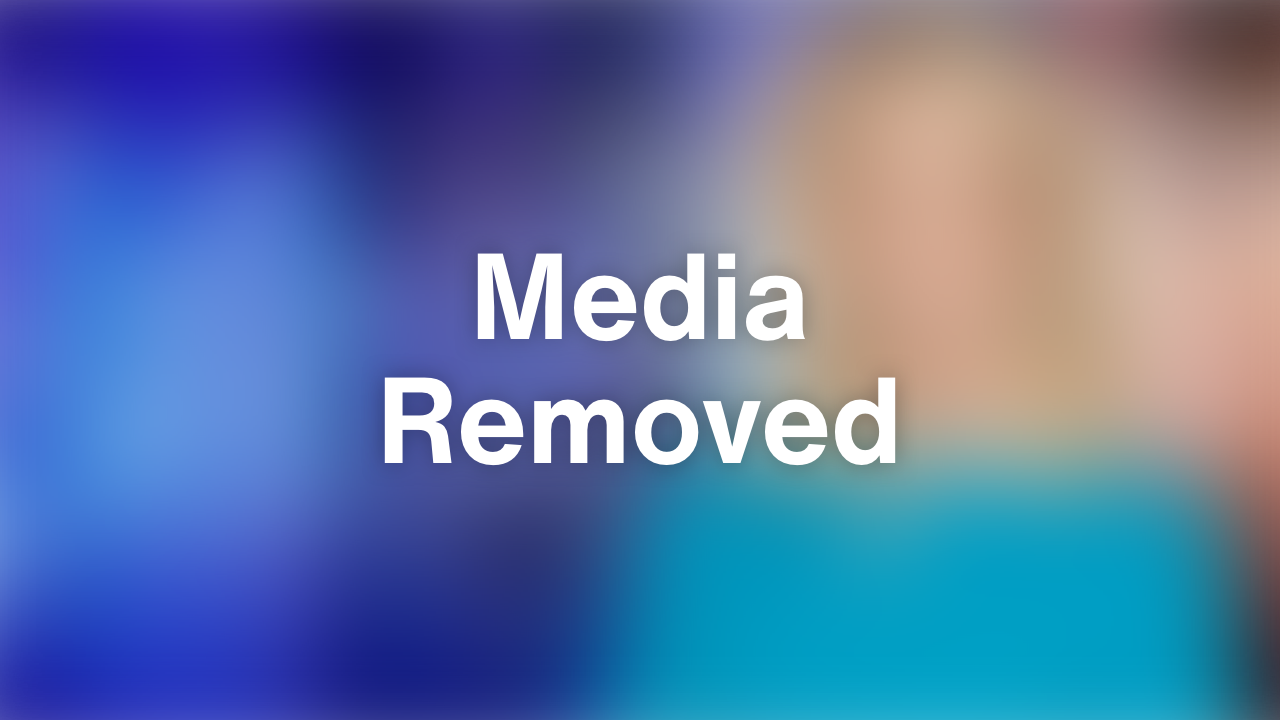

Legal issues associated with homosexuality were also discussed in The Rejected by San Francisco’s district attorney. Many highly respectable individuals of ancient and modern times have been homosexual.” No vice, no degradation, it cannot be classified as an illness. In it, Freud debunks the stigma surrounding being gay: “Homosexuality is assuredly no advantage, but it is nothing to be ashamed of. And they’re not always “treatable,” he says in The Rejected.īowman is not the only voice of psychiatry in the film.Ī letter written by famed psychiatrist Sigmund Freud to a mother seeking treatment for her gay son is read in The Rejected. “Eighteen percent are more homosexual than heterosexual in their experiences after adolescence, and 37 percent have had at least one homosexual leading to orgasm after adolescence,” he says.Įven more shocking for its time was Bowman’s assessment that anyone trying to spot a homosexual based on appearance alone would fail greatly. “Four percent of all adult males being completely homosexual and having only homosexual activity,” Bowman says in The Rejected.įor what it’s worth, a recent study from Gallup also indicates 4 percent of Americans identify as LGBT.īowman further expounds on the nuances of homosexuality. The scale ranges from zero to six: zero being exclusively heterosexual and six being exclusively homosexual, with the general population falling somewhere in between.īowman cites Kinsey’s research that one in six males are more homosexual than heterosexual along with other figures from the era. The documentary features psychiatrist Karl Bowman, who discusses the Kinsey scale of human sexuality to educate Americans about the pervasiveness of homosexuality. The Rejected relies on psychiatrists, lawyers, religious officials, and advocates to dispel the shame surrounding homosexuality. That attitude makes the film “incredibly progressive for its time. “The main take-away is that society needs to change rather than the homosexual, which I think was a very bold message for that period-and a very accurate one,” Bob Connelly, a professor of Women’s Gender and Sexuality Studies at American University in Washington, D.C., told The Daily Beast. These accomplishments were all but unfathomable when The Rejected was made in 1961. Government may finally make same-sex marriage a constitutional right. After decades of fighting for equal rights, the U.S. Today, support for the LGBT community is at an all-time high. The Rejected portrays gays as being just like everyone else, an idea that would be a no-brainer today but was far from the norm in 1961. It’s a huge part of our history and just shows what kind of incredible work KQED was doing back then.” “It was very exciting,” Chehoski, an archivist for KQED, told The Daily Beast. “When we finally managed to release The Rejected online in 2015, it made all the frustration worthwhile.” Paul Leonard Library at San Francisco State University, told The Daily Beast. “After searching with nothing to show but secondhand reports about the film, I was ready to give up,” Cherian, an archivist for the J. But the footage had never been found-until now.Īrchivists Alex Cherian and Robert Chehoski, who spent some six years researching and tracking down the 60-minute footage, finally found this illuminating needle in a haystack and made it available to the public.

The Rejected aired on San Francisco’s KQED network on September 11, 1961, revealing an intriguing support of the LGBT community.


 0 kommentar(er)
0 kommentar(er)
